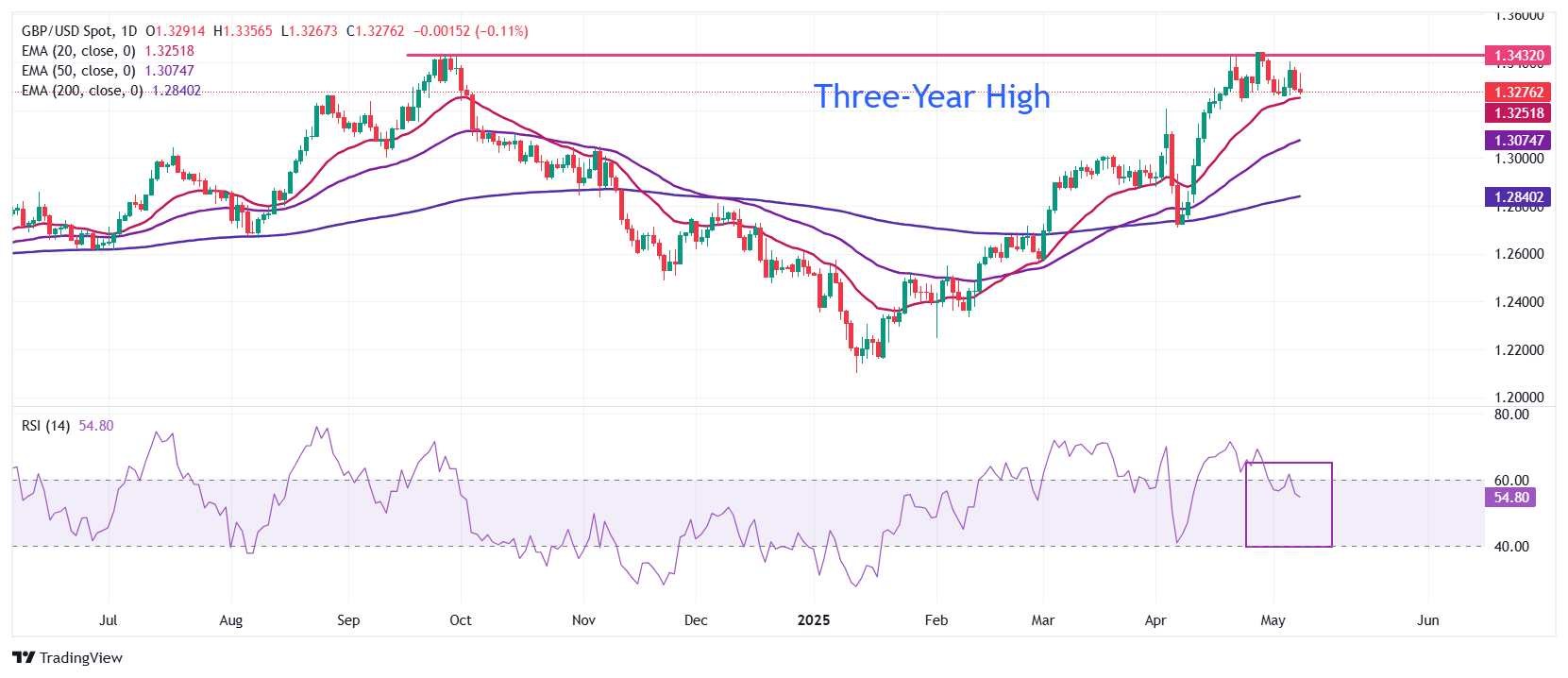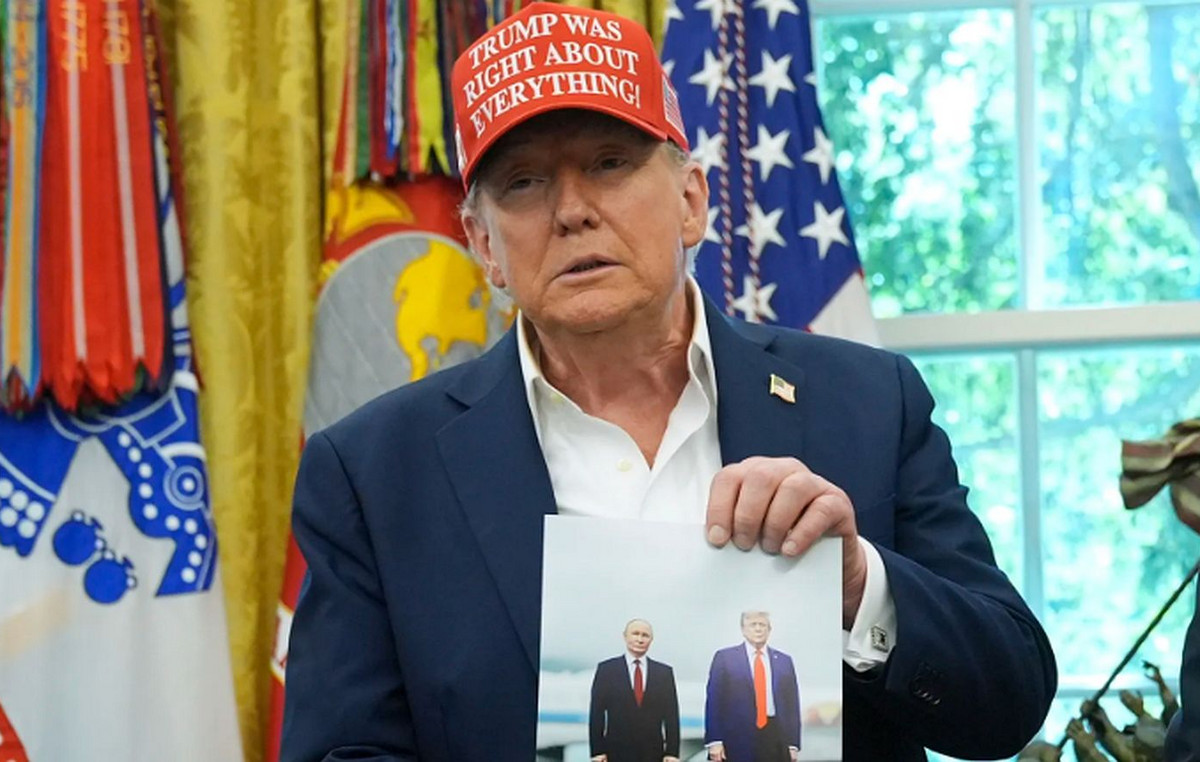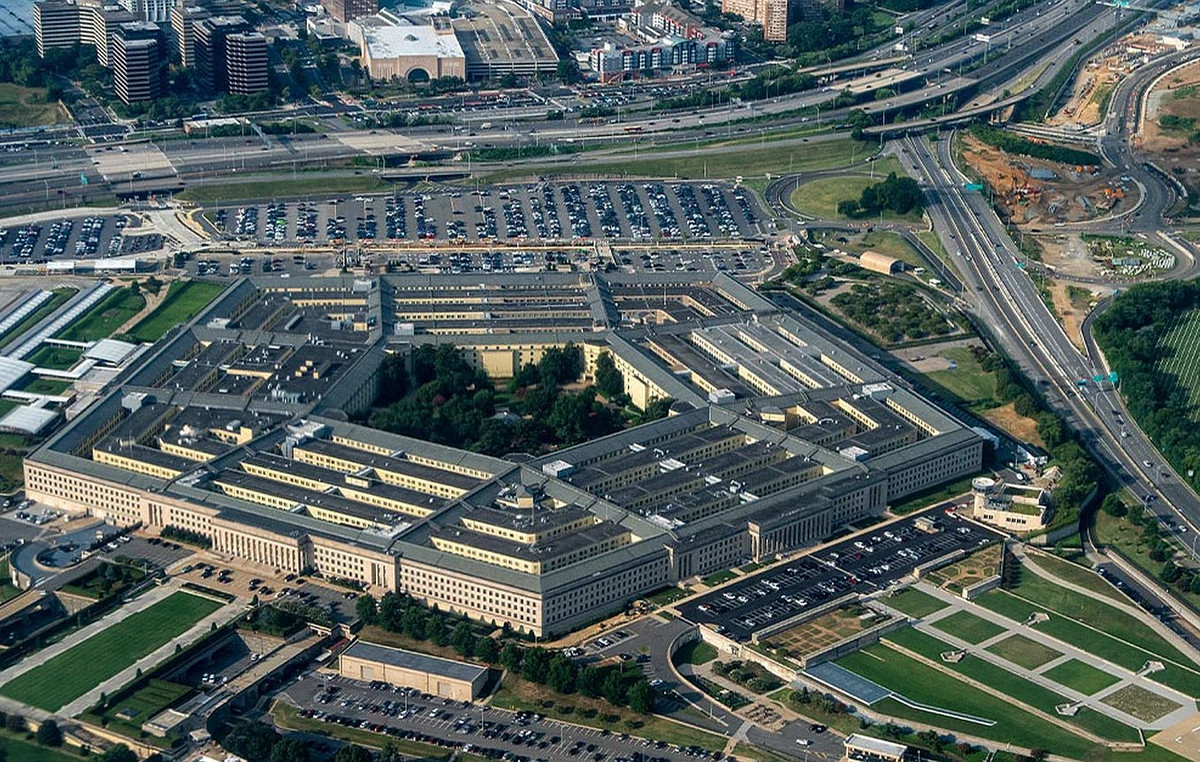- The sterling pound is expected to face volatility in front of its peers, since the BOE is ready to announce monetary policy around 11:00 GMT.
- Investors expect the BOE to reduce interest rates at 25 basic points to 4.25%.
- The US president, Trump, is ready to announce his first bilateral commercial agreement, supposedly with the United Kingdom, from his return to the White House.
The sterling pound (GBP) operates with caution in front of its peers in the European session on Thursday, before the decision on the interest rate of the Bank of England (BOE) around 11:00 GMT. The BOE is expected to cut interest rates in 25 basic points (PBS) to 4.25%, which would be the fourth rate cut in the current monetary expansion cycle, which began in August last year.
According to analysts of Bank of America (BOFA), the member of the Monetary Policy (MPC), Swati Dhingra, vote in favor of a higher rate reduction than usual than 50 PBS, while the rest of the MPC members will favor a 25 PBs cut.
Bofa analysts add that the potential economic risks to the tariffs announced by the US president, Donald Trump, the improvement of internal inflation and the decrease in energy costs have paved the way for a cut of interest rates.
For the rest of the year, Bofa has anticipated that the BOE would reduce interest rates twice.
What moves the market today: the low sterling pound against the US dollar
- The sterling pound drops to about 1,3280 against the US dollar (USD) during European negotiation hours, after yielding initial profits. The GBP/USD torque faces pressure as the US dollar extends its recovery on Wednesday, driven by the Federal Reserve (Fed) signal that “there is no hurry for trimming of interest rates” in the midst of “a large amount of uncertainty about tariffs” after maintaining stable interest rates in the current range of 4.25%-4.50.
- The US dollar index (DXY), which tracks the value of the dollar against six main currencies, moves up around 100.00.
- The Fed held the stable interest rates for the third consecutive meeting, since the risks for inflation have been inclined up. “The risks of greater unemployment and greater inflation have increased,” said Fed president Jerome Powell, at the press conference. “Our goal is to anchor inflation expectations,” he added.
- Powell’s comments also pointed out risks of stagflation. Powell said that The tariffs so far are “significantly higher than expected” and that “greater inflation and lower employment” are possible if the great increases in the announced tariffs are “sustained”.
- Looking ahead, the main trigger for the dollar will be the progress in bilateral trade agreements between the US and its commercial partners. On Wednesday, President Trump said he will reveal a closed bilateral agreement with a commercial ally on Thursday.
- A report by The New York Times (NYT) has shown that the nation with which the White House will announce its first commercial agreement will be the United Kingdom (UK). The impact of the commercial agreement between the US and the United Kingdom is expected to be positive for the US dollar, whose safe refuge status has been affected in the midst of uncertainty about global economic perspectives before Trump’s new economic policies. However, the impact of any agreement is expected to be limited, since Britain already has a commercial deficit with the US.
- Another important trigger for foreign exchange markets will be commercial discussions between the US and China, which have been confirmed for Saturday in Switzerland. Financial market participants expect the meeting to be more about descaling the trade war than to negotiate agreements. “My impression is that this will be on decalled, not on the great commercial agreement,” said US Treasury Secretary Scott Besent, Tuesday.
Technical Analysis: The sterling pound goes below 1,3300

The sterling pound extends the correction of Wednesday below 1,3300 against the US dollar on Thursday. However, the general perspective of the torque remains bullish, since all long -term exponential mobile socks (EMA) are inclined to rise.
The 14-day relative force (RSI) index slides towards the range of 40.00-60.00, indicating that the bullish impulse has concluded. However, the upward trend remains intact.
On the positive side, the maximum of three years of 1,3445 will be a key obstacle to the torque. Looking down, the maximum of April 3 around 1,3200 will act as an important support area.
LIBRA ESTERLINA FAQS
The sterling pound (GBP) is the oldest currency in the world (886 AD) and the official currency of the United Kingdom. It is the fourth most commercialized currency exchange unit (FX) in the world, representing 12% of all transactions, with an average of $ 630 billion a day, according to data from 2022. Its key commercial peers are GBP/USD, which represents 11% of FX, GBP/JPY (3%) and EUR/GBP (2%). The sterling pound is issued by the Bank of England (BOE).
The most important factor that influences the value of sterling pound is the monetary policy decided by the Bank of England. The Bank of England bases its decisions itself has achieved its main objective of “price stability”: a constant inflation rate of around 2%. Its main tool to achieve this is the adjustment of interest rates. When inflation is too high, the Bank of England will try to control it by raising interest rates, which makes access to credit for people and companies more expensive. This is generally positive for sterling pound, since higher interest rates make the United Kingdom a more attractive place for global investors to invest their money. When inflation falls too much it is a sign that economic growth is slowing down. In this scenario, the Bank of England will consider lowering interest rates to reduce credit, so that companies will borrow more to invest in projects that generate growth.
Published data measure the health of the economy and can affect the value of sterling pound. Indicators such as GDP, manufacturing and services PMI and employment can influence the direction of the sterling pound.
Another important fact that is published and affects the pound sterling is the commercial balance. This indicator measures the difference between what a country earns with its exports and what you spend on imports during a given period. If a country produces highly demanded export products, its currency will benefit exclusively from the additional demand created by foreign buyers seeking to buy those goods. Therefore, a positive net trade balance strengthens a currency and vice versa in the case of a negative balance
,
Source: Fx Street
I am Joshua Winder, a senior-level journalist and editor at World Stock Market. I specialize in covering news related to the stock market and economic trends. With more than 8 years of experience in this field, I have become an expert in financial reporting.







